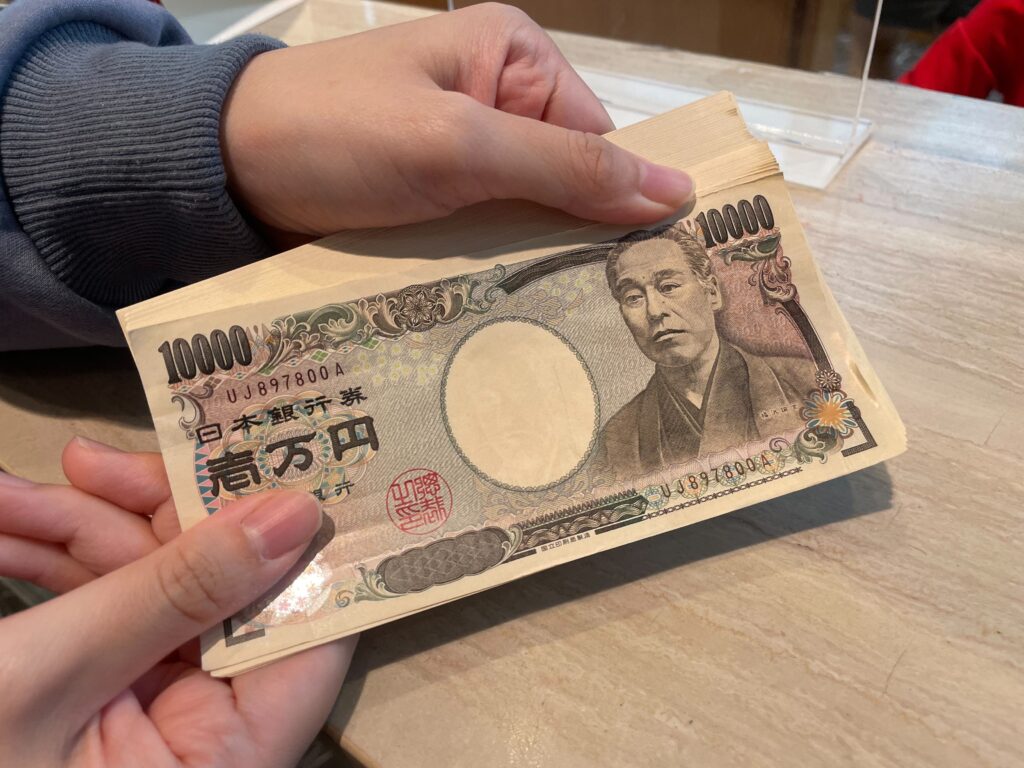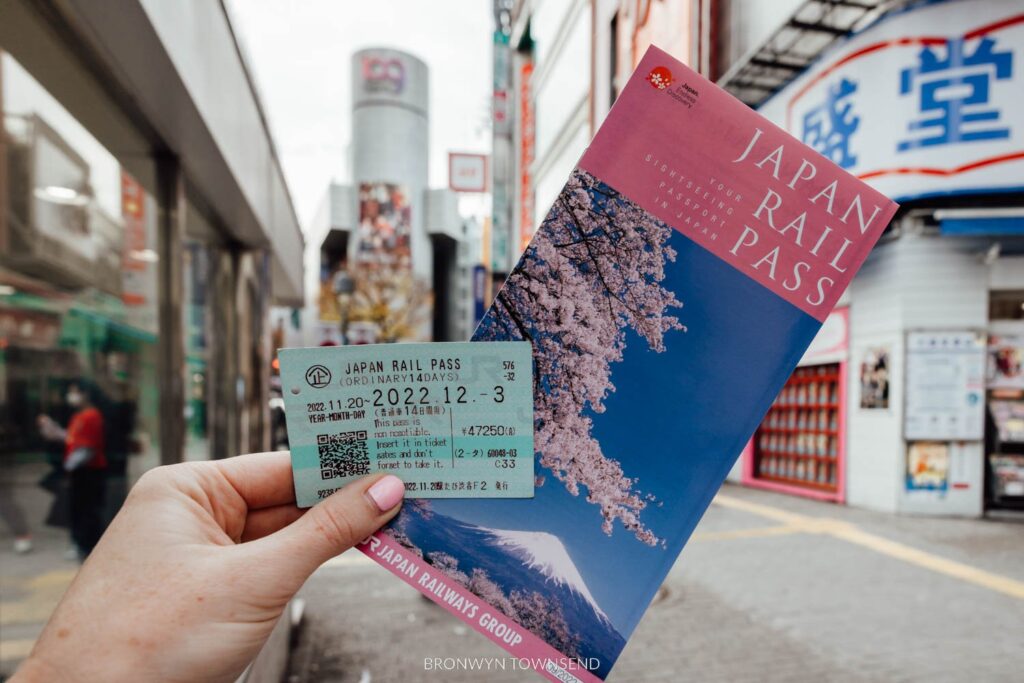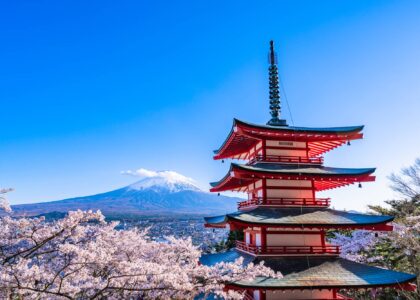1️⃣ Assuming Everyone in Japan Speaks English
Although Japan is a developed country, most Japanese people have limited English skills, especially in rural areas, traditional restaurants, and sightseeing spots. Sometimes asking for directions or ordering food can be difficult.
Suggestions:
- Download Google Translate and Papago apps (supporting Chinese-Japanese translation).
- Prepare simple Japanese phrases like “English menu ありますか?” (Do you have an English menu?).
- If worried about communication, consider choosing merchants or tours with Chinese language support (like One Box Japan, which offers Chinese customer service — great for beginners).
2️⃣ Forgetting to Bring Cash, Thinking Credit Cards Are Enough

Japan is developed, but many small shops, rural attractions, ramen shops, or shrines only accept cash — some don’t take electronic payments. Don’t expect to use your credit card everywhere.
Suggestions:
- Exchange at least 20,000 to 30,000 yen (about SGD 180–270) per person in cash as backup.
- Prepare coins like 100 and 500 yen for buses and ticket machines.
- Although you can withdraw cash from convenience store ATMs, some cards might not work in Japan, so check beforehand.
3️⃣ Not Buying Transportation Passes or Paying Too Much

Japan’s transportation is famous for being expensive — a single Shinkansen trip from Tokyo to Mt. Fuji, Osaka, or Kyoto can cost thousands of yen.
Suggestions:
- Research and buy suitable passes based on your itinerary, such as JR Pass, Kanto/Kansai area passes.
- There are also 1-day or 2-day subway tickets within cities that can save a lot.
- Not everyone needs a JR Pass; buying it without planning can waste money
4️⃣ Carrying Too Much Luggage Without Storage, Making Travel Exhausting!

Many train stations in Japan have stairs, transfers, and long walking distances to attractions. Dragging big luggage around is tiring.
Suggestions:
- Check for nearby luggage storage lockers (found at major stations, convenience stores, or via apps).
- Use luggage forwarding services to send bags directly to your next hotel if you want an easier trip.
- Pack light, especially when traveling with kids or elderly family members.
5️⃣ Visiting Attractions at the Wrong Time, Ending Up in Crowds or Missing the Best Experience
Popular spots like Mt. Fuji, Shinjuku Gyoen, Kyoto’s autumn leaves, and Disneyland get extremely crowded during holidays or peak seasons. Long queues can ruin your fun.
Suggestions:
- Check Japanese holidays in advance (Golden Week, consecutive holidays).
- Visit popular attractions on weekdays, and avoid peak times (10:00 AM – 2:00 PM).
- Book tickets ahead and plan your schedule carefully.
Japan is a great country for independent travel, but if it’s your first time, doing some homework and avoiding these common pitfalls will make your trip smoother and more enjoyable!
Want to learn more about handling cash and credit cards during your Japan trip? Don’t miss our next article — “Money Matters: Cash vs. Card in Japan – What Tourists Need to Know”, helping you master payment methods with ease!



